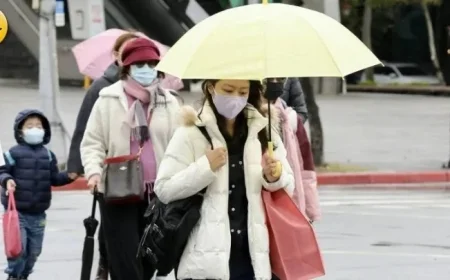Zohran Mamdani Transforms New York City’s Political Landscape

In a transformative moment for New York City, Zohran Mamdani has shifted the political landscape following a historic election. His rise from relative anonymity to a significant political presence is marked by a unique coalition of voters that includes South Asians, Muslims, and a solid base of young voters.
Historic Election Overview
On a notable Tuesday evening, voters in New York City made their voices heard through an unprecedented turnout. This engagement was influenced by both pro-Mamdani and anti-Mamdani sentiments, with reports indicating that over $100 million was spent on a single mayoral campaign. Notably, more than half of this funding originated from outside groups who aimed to undermine Mamdani’s candidacy.
Rise of Zohran Mamdani
Zohran Mamdani’s victory, capturing around 50% of the votes, can be attributed to his ability to forge a new political coalition. This coalition harnessed the power of South Asian voters, a demographic that was previously underestimated, encompassing various nationalities such as Indians, Bangladeshis, and Sri Lankans. Furthermore, the presence of a rapidly growing Muslim population and a highly engaged young voter base played crucial roles in his success.
The Influence of Young Voters
For the first time in decades, young voters, particularly those under 50, showed remarkable influence in the election, potentially creating a more balanced electorate between seniors and younger demographics. Their preference for Mamdani reflects their desire for change amid housing and job market struggles.
Challenges Ahead
Mamdani’s transition from candidate to mayor presents challenges, especially considering his lack of executive experience in city government. He plans to surround himself with seasoned professionals to help navigate city management complexities and implement his campaign policies.
Campaign Promises and Governance
As Mamdani embarks on his mayoral term, he faces the essential task of translating his campaign promises into action. His agenda must encompass critical issues, including housing, education, and public safety, while also addressing community concerns that were largely neglected during his campaign.
Coalition Dynamics and Future Outlook
The newly formed coalition behind Mamdani has entered the political arena with specific grievances. The challenge lies in addressing divisive rhetoric throughout the campaign and building a reconciliatory approach towards those who did not support him, including a substantial Jewish voter demographic that largely backed his opponent.
Impact of the Election
Mamdani’s election has drawn national attention, with the potential for him to emerge as a prominent figure within the Democratic Party. Observing how he balances local governance with broader political aspirations will be crucial in shaping his legacy.
Conclusion
As New York City adapts to this political shift, the focus should ideally return to pressing municipal concerns rather than ideological divisions. The hope is that the city can engage in constructive discourse, allowing Mamdani to transform complaints about governance into conversations around everyday city services.




























